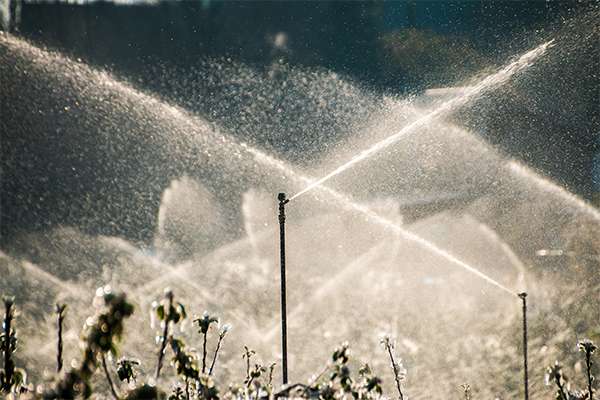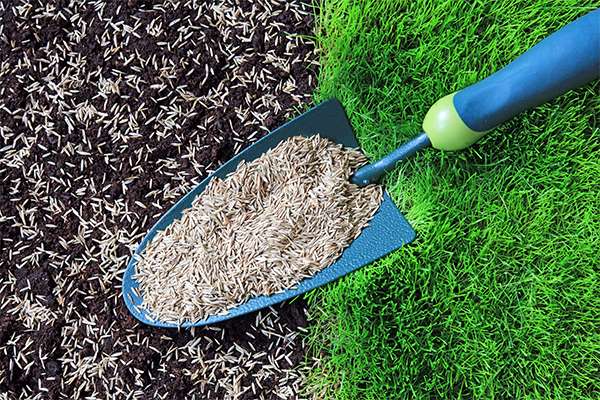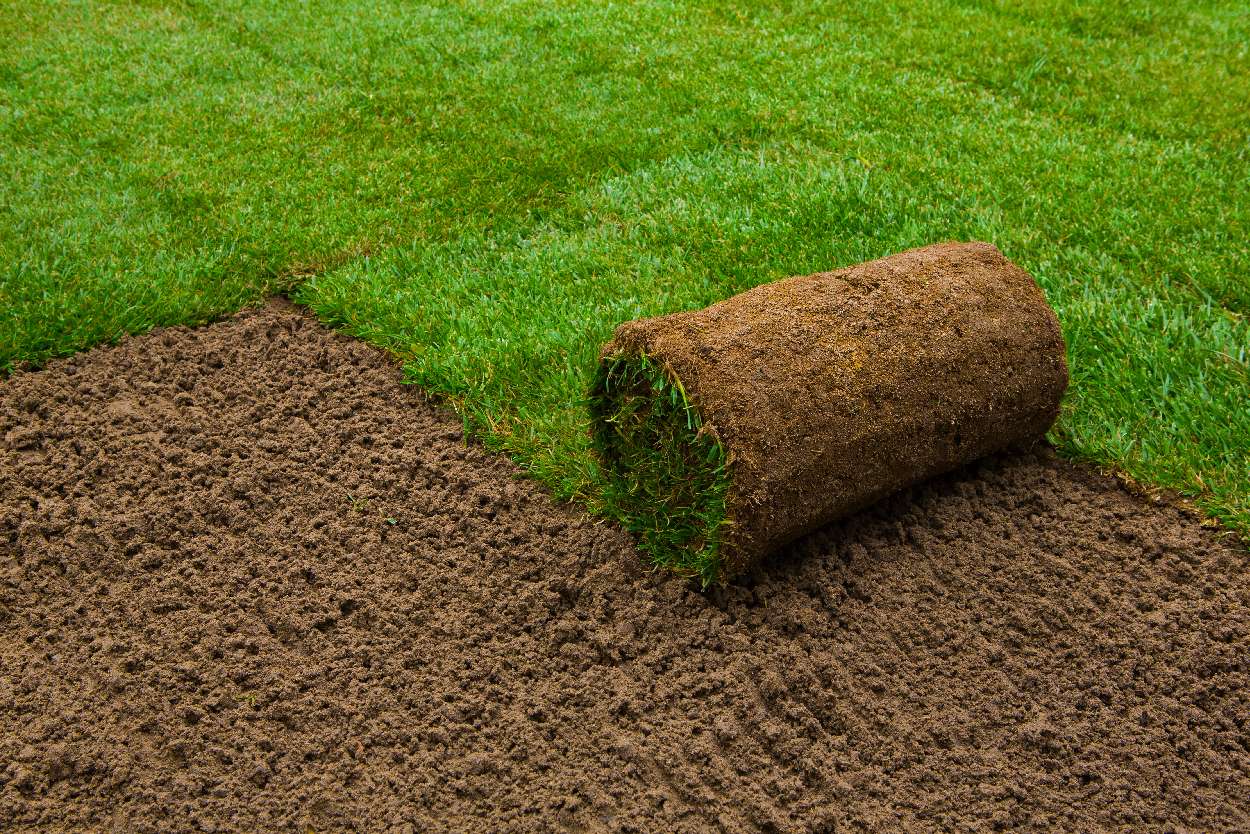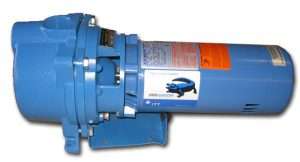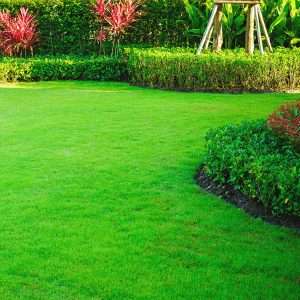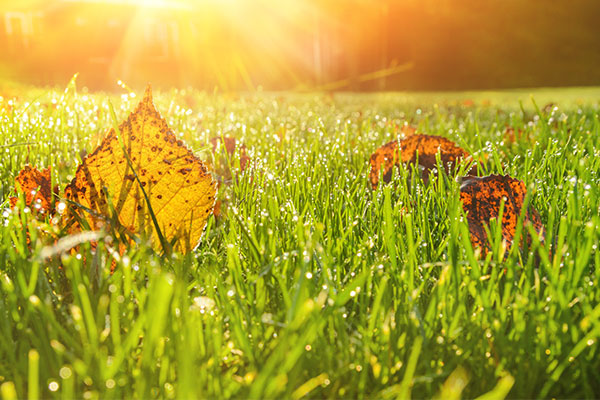
As the leaves start to turn and the temperatures begin to drop, homeowners in South Carolina often wonder how to care for their lawns properly. During the fall months, grass in South Carolina requires special attention to ensure it stays healthy throughout the cooler months. One crucial aspect of fall lawn care is understanding when and how watering your lawn makes a difference.
The Importance of Watering Your Lawn in the Fall
Fall lawn care isn’t just about raking leaves and preparing for winter. Your grass still needs water during this season. In South Carolina, the fall weather can be unpredictable, with occasional dry spells and lingering heat. Adequate moisture is vital to help your lawn recover from the stresses of the summer and prepare it for the dormant winter period.
When to Water Your Lawn
Timing is everything when it comes to watering your lawn in the fall. The best time to water is in the morning, ideally between 6:00 and several hours before sunset (if you irrigate several times daily). This allows your grass to absorb the moisture and dry off during the day, reducing the risk of fungal diseases that thrive in cool, damp conditions.
Be careful not to overwater. In South Carolina, you should aim for about 1 inch of water per week, including rainfall. Use a rain gauge to measure how much precipitation your lawn receives naturally. If you’re not getting enough rain, supplement it with irrigation.
When to Stop Watering Your Lawn in the South
As the fall moves into winter and temperatures continue to drop, you’ll want to gradually reduce watering frequency. You should begin tapering off your lawn watering routine in October or early November. We suggest setting your irrigation systems at 50 to 75 percent utilizing the water budget option if your controller has one.
When the nighttime temperatures consistently stay below 70°F, the grass growth rate significantly decreases. At this point, your lawn requires less water because it’s not actively growing. However, you don’t want your lawn to go into the winter season completely parched, so continue to provide light moisture until the first frost.
The Role of the Right Irrigation Products
Investing in the right irrigation products to properly water your lawn can significantly impact your grass. Because water conservation is essential, even in South Carolina, efficient irrigation systems can help you maintain a beautiful lawn while using water wisely.
- Smart Irrigation Controllers: Consider upgrading to a “smart” irrigation controller that adjusts watering schedules based on weather conditions and soil moisture levels. This ensures you’re not wasting water or overwatering during the fall season.
- Drip Irrigation: For precise watering in South Carolina’s varied landscape, drip irrigation systems deliver water directly to the roots, reducing water waste and promoting healthier grass.
- Rain Sensors: Install rain sensors on your irrigation system to automatically pause watering when it rains, preventing overwatering and saving water and money.
- Regular Maintenance: Don’t forget to regularly check your irrigation system for leaks, clogs, or broken sprinkler heads. Addressing these issues can prevent water waste and keep your lawn healthy.
Proper fall lawn care in South Carolina requires knowing when and how often you need to water your lawn. Using these tips and making intelligent choices about your irrigation system can help you enjoy a vibrant lawn that will thrive year-round in the Palmetto State. To learn more, contact your local experts at W.P. Law, Incorporated.


